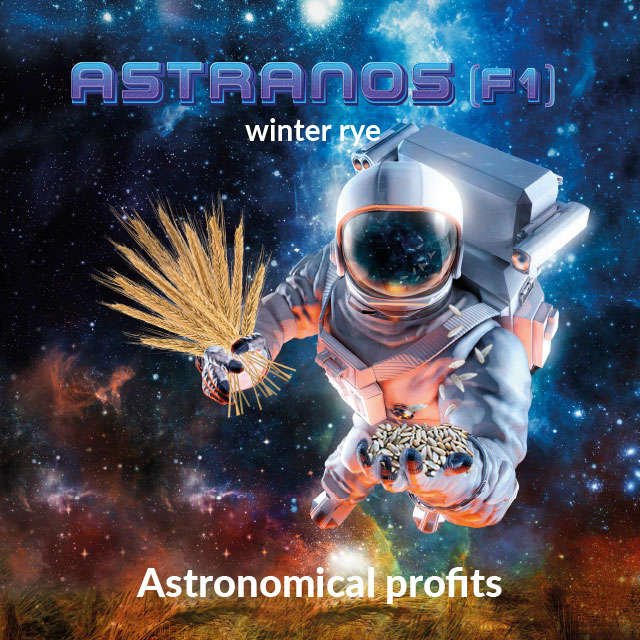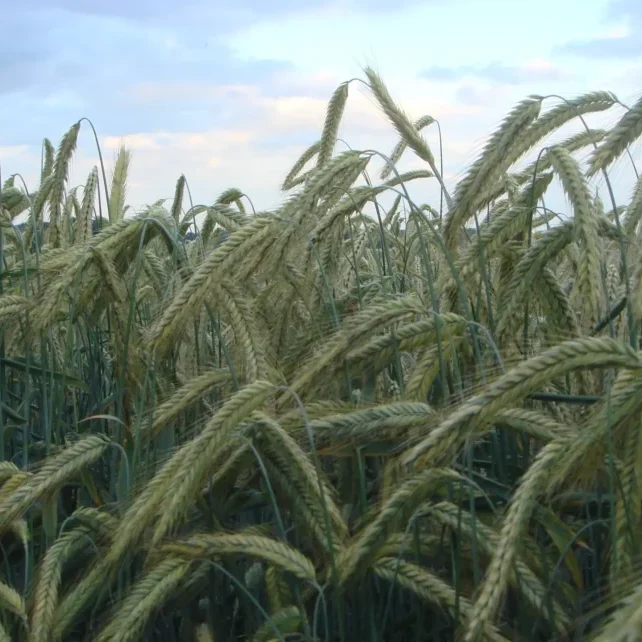Products Winter Grains Winter rye Astranos F1




Special features of winter rye Astranos
- Very high yield potential.
- Low plants, high lodging resistance.
- A hybrid variety of winter rye.
Other information
- First place in the 2021 COBORU tests at levels a1: 114% and a2: 115% of the reference.
- Lowest plants among all varieties, with stiff straw and very high lodging resistance.
- Plants with medium soil requirements, with good tolerance to soil acidification.
- Mid date of earing and full maturity.
- Very high protein content in grain – cultivar recommended for fodder.
- Great for organic farming and for biogas.
- The grain is suitable for breadmaking due to its good baking parameters.
- High health profile – very high disease resistance, especially to powdery mildew and brown rust.
- Very high TGW – coarse grain, has more components and provides the plant with a better start and faster tillering.
- Very high grain density.



Previous image
Next image
Utility and agricultural features
Earing date
medium
Full maturity date
medium
Seed protein
very high
Plant height
140 cm
Resistance to lodging
very high
Soil requirements
medium
Tolerance to soil acidity
good
TGW
38,1 g
Seed density (pcs per sq.m)
200 pcs
Disease resistance according to Coboru:
Snow mold
very high
Powdery mildew
very high
Stem base diseases
high
Brown rust
very high
Stem rust
very high
Scald disease
high
Leaf septoria
medium

